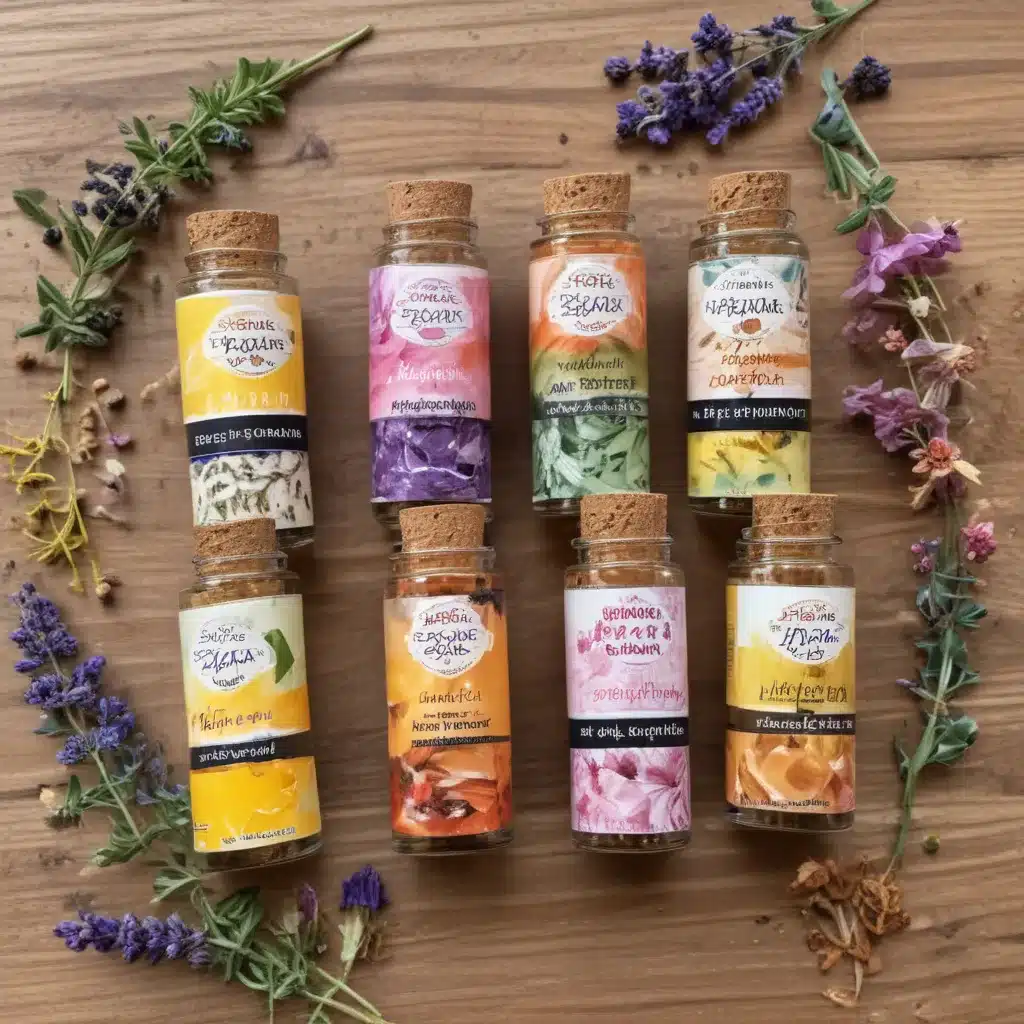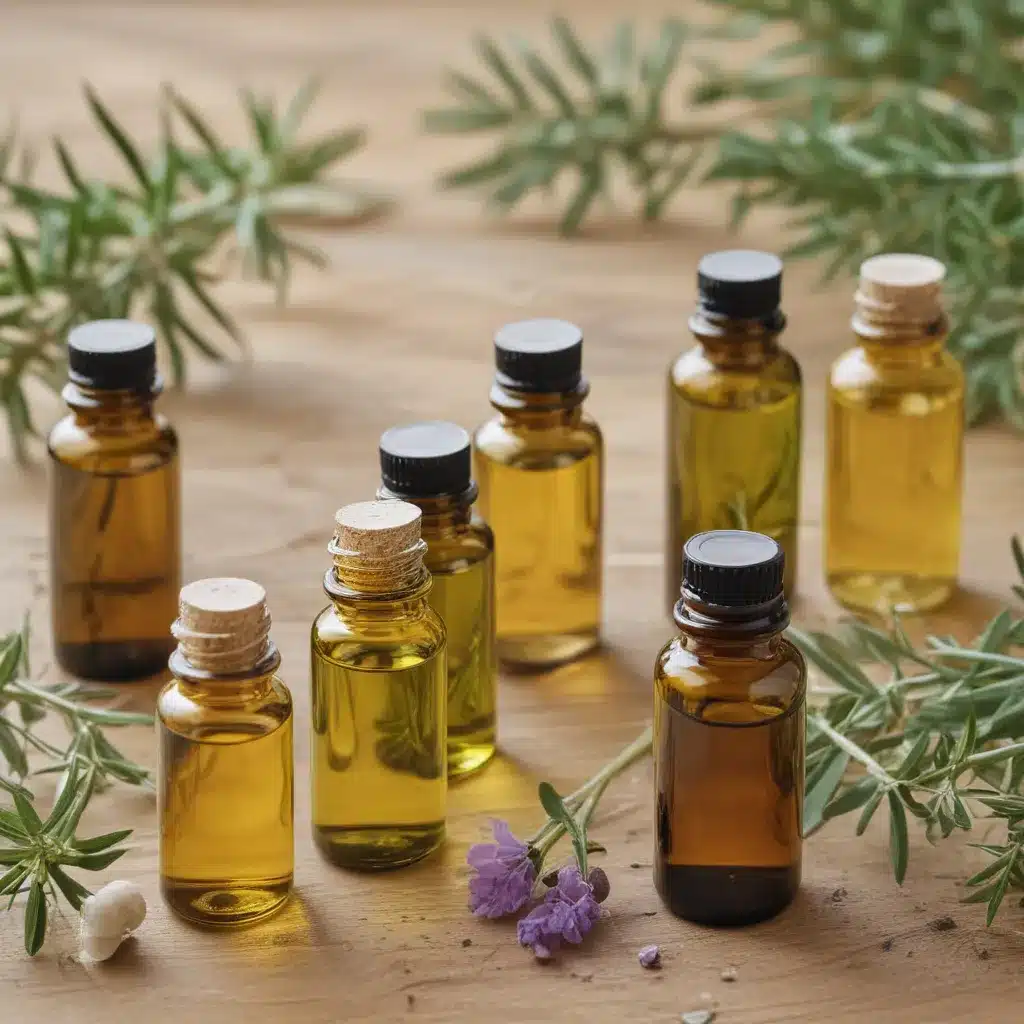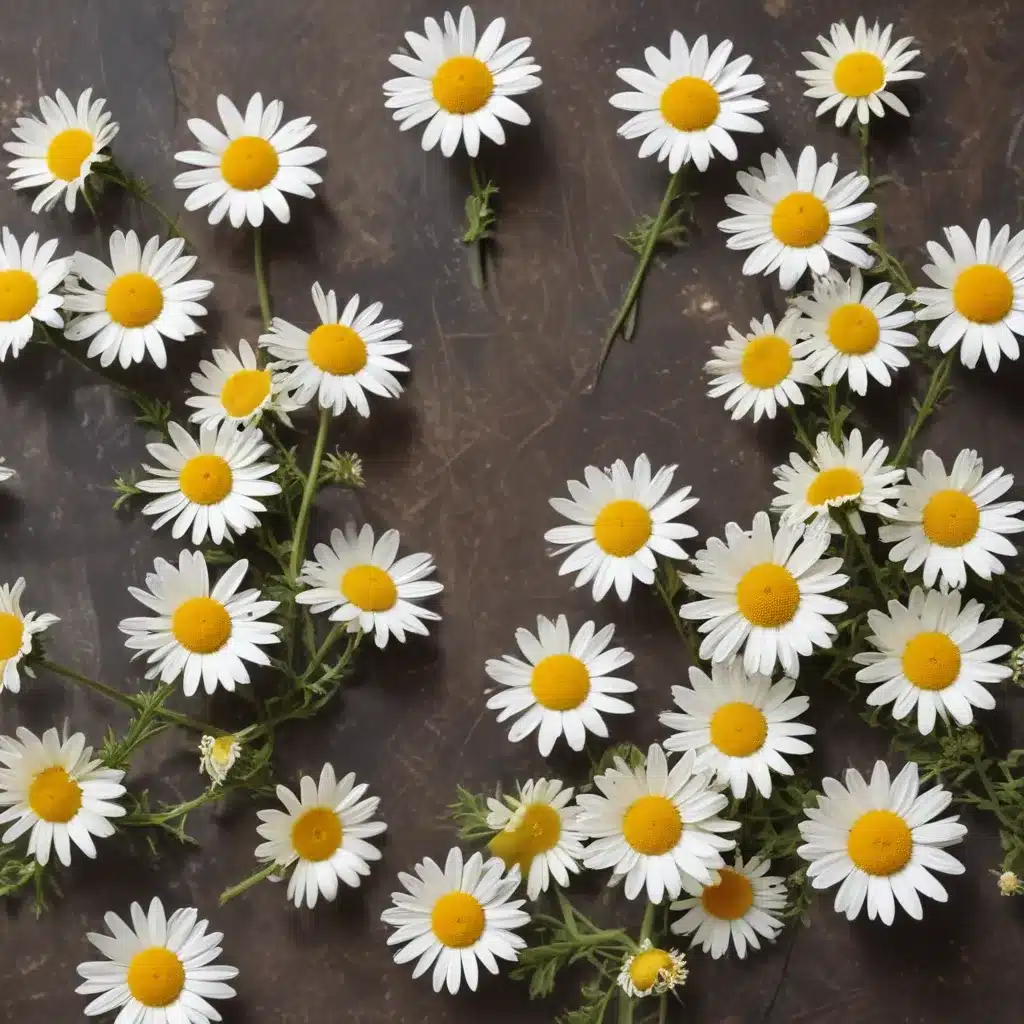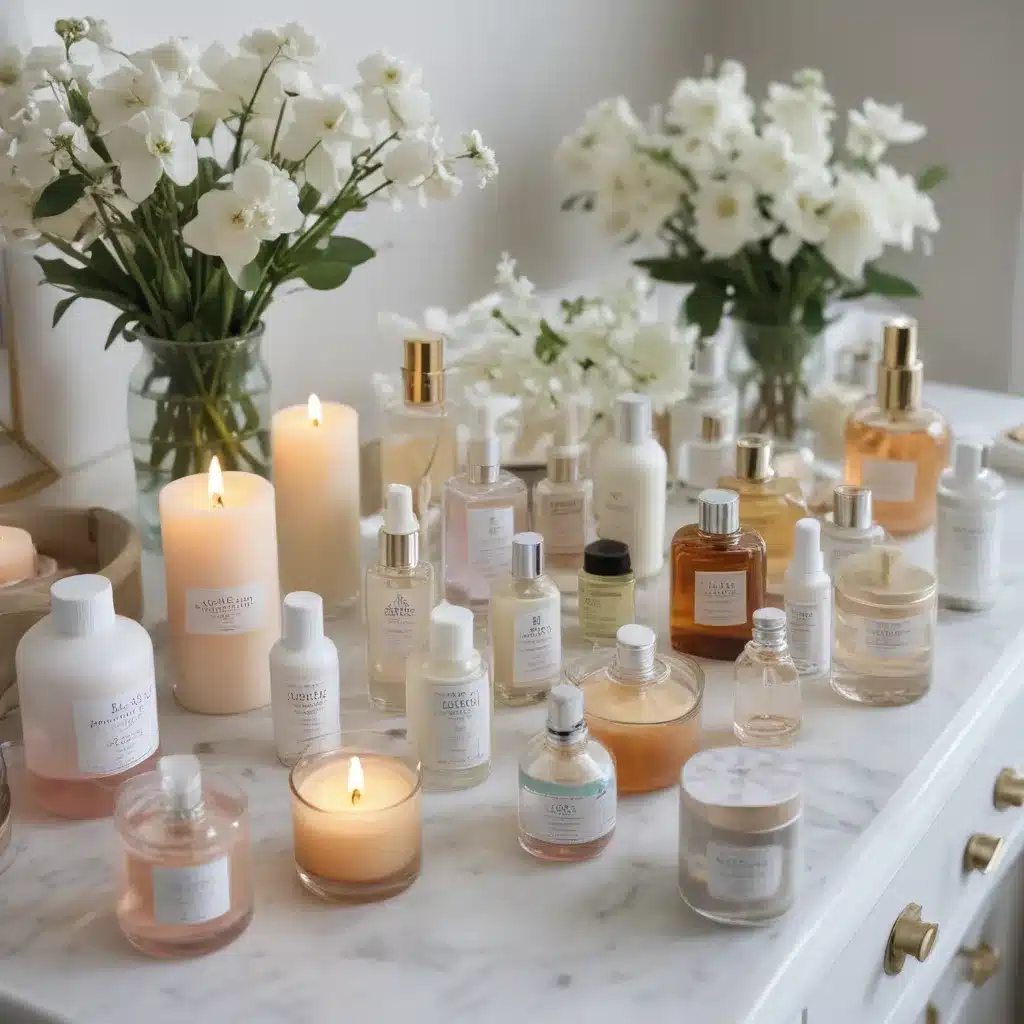
What is Aromatherapy?
Aromatherapy is the use of essential oils extracted from plants to promote health and well-being. Essential oils contain substances that provide distinct scents and potentially offer unique health benefits. Aromatherapy uses essential oils through traditional methods like massage, diffusing, or applying to the skin.
How can Aromatherapy Benefit Me?
Aromatherapy can benefit me in many ways:
H1. Relieve Stress and Anxiety
Certain essential oils like lavender, bergamot, and mint have calming properties that can help relieve stress and anxiety. When I diffuse these oils in my home or apply them topically, their aroma helps relax my mind and body.
H2. Boost Mood and Energy
Uplifting scents from essential oils like lemon, grapefruit, and peppermint may boost my mood and energy levels. Diffusing or applying these oils creates a refreshing environment that lifts my spirit. On low days, I find their aroma invigorating.
H3. Improve Sleep Quality
A warm bath infused with calming essential oils like lavender helps me unwind before bed. Lavender has properties that promote relaxation and sleep. On nights I diffuse lavender in my bedroom, I typically fall asleep faster and sleep more soundly.
How to Choose and Use Essential Oils for Aromatherapy?
When choosing and using essential oils for aromatherapy, I consider several factors:
H1. Research Each Oil’s Properties and Benefits
I research each essential oil to understand its unique properties, benefits, and safe uses. Sources like aromatherapy books and websites provide this information to help me choose oils tailored to my specific wellness needs and goals.
H2. Only Use High-Quality Oils
I only use 100% pure, therapeutic-grade essential oils. Lower quality oils may not provide the intended benefits and could pose risks. Reputable brands clearly indicate oil grades and sources on product packaging and websites.
H3. Dilute Properly for Topical Use
Some essential oils can irritate skin if not diluted properly. I typically dilute 1-3 drops in a carrier oil like coconut or jojoba oil for topical application. Knowing each oil’s properties helps me determine the appropriate dilution ratio for safe use.
H4. Try Different Application Methods
I experiment with various aromatherapy application methods to see what I enjoy and find most effective. Some options I try include diffusion, massage, baths, or creating a room spray with a carrier oil.
| Application Method | Benefits |
|---|---|
| Diffusion | Fills entire space with therapeutic aroma. |
| Direct Inhalation | Fast effect; easy to use. |
| Topical/Massage | Targets specific areas; aids relaxation. |
| Baths | Soothes entire body; promotes sleep. |
Customizing My Personal Scent Experience
To customize my personal scent experience with aromatherapy, I consider my mood, the season, and intended effects:
H1. Choosing Oils for Different Moods
For an uplifting mood, I may diffuse lemon and bergamot. If feeling stressed, lavender provides calm. If tired, peppermint or eucalyptus revive me. Matching scents to mood optimizes aromatherapy’s benefits.
H2. Blending for Seasonal Changes
In winter, I blend spicy oils like cinnamon or clove that warm the body. During spring, I enjoy citrus oils matching the season. Come summer, I use lighter blends with rose, geranium or basil.
H3. Combining for Targeted Effects
I test layering calming oils with energizing ones to balance my mood and energy. Sometimes I combine multi-beneficial oils like lavender with tea tree for relaxation and skin care. I pay attention to how blends make me feel.
By tailoring scents to my needs, location, and intended impacts, I ensure aromatherapy customizes my experience for optimal wellness benefits. Taking time to understand essential oils allows me to craft personalized blends that uplift my body and spirits.





















